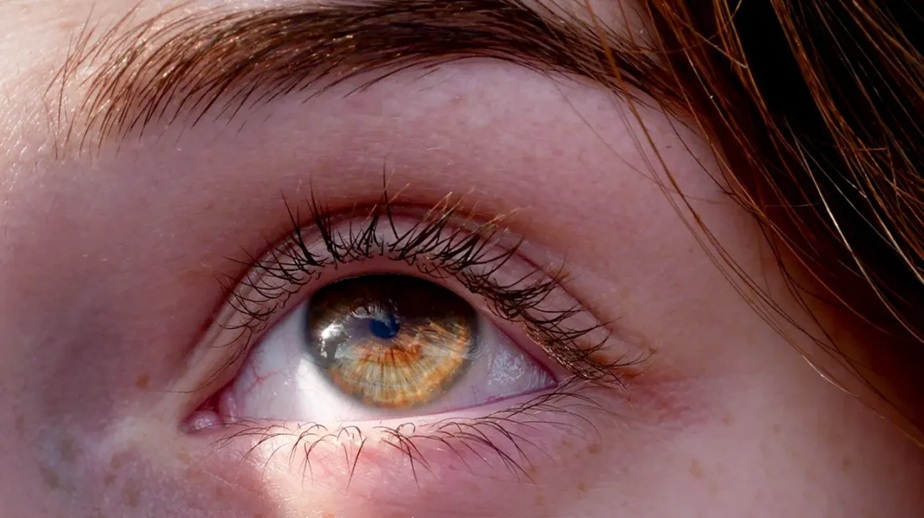

Have you ever seen a child who doesn’t seem to use both eyes equally? This may indicate Lazy Eye, a condition in which one eye fails to develop normal vision. It typically starts in early childhood, when the brain begins to favour one eye over the other.
As a result, this makes the weaker eye become inactive. It can impact reading, learning and day-to-day activities if not treated on time. With early attention and the proper care, can help correct the issue.
What Causes Lazy Eyes?
This condition occurs when the brain and eye do not coordinate properly as a team. It can happen due to:
- Strabismus: A condition where the eyes are misaligned so that they point in two different directions, and the brain only focuses only to one eye, ignoring the other. This could cause a Lazy Eye (ตา ขี้ เกียจ, which is the term in Thai) if not treated early.
- Cataracts: If we have a hazy lens in one eye that blocks the entry of light to it, then that eye would have a problem with vision. Eventually, the brain stops using that eye at all.
- Droopy Eyelid: When the upper eyelid droops over part of the eye, it can block the vision. Lack of clear vision can interfere with normal eye development and cause long-term vision problems.
How to Identify the Problem?
In many cases, it can be difficult to detect vision problems in children in many instances because they may not complain or even know what the problem is. That is why you need to have regular eye check-ups, especially as a child.
Some symptoms that may indicate this issue include eyes that appear to turn inward or outward, squinting to see or holding one eye closed to see better. A child may also have trouble judging distance or frequently bump into objects on one side.
When to Visit a Doctor ?
If you see any signs that your child is having trouble with vision, it is important to visit a doctor without delay. An expert eye doctor may inspect your kid’s eyes and prescribe the proper course of action.
Treatment is most effective when it starts as early as possible, preventing any long lasting difficulties. Delaying your visit can make the condition more difficult to treat. Even if there are no apparent signs of vision problems, regular eye check-ups can help to detect any concerns early.
Conclusion
It is really important to take care of a child’s vision from an early stage. Don’t ignore problems like poor focus, eye turning or weak sight. With right care and guidance from an eye specialist, the children can achieve better vision and live a more fulfilling life.
Treatments are more effective when started early and followed properly. Don’t wait for the problem to get worse. If you were always suspecting Lazy Eye in your child you should get speedy action.




